
FCC on 47 CFR Part 2.1093 Testing
On April 2, 2025, the FCC released testing guidance for portable device RF exposure (SAR, PD, EMF, etc.) under 47 CFR Part 2.1093. The guidance mainly references KDB 447498, KDB 616217, KDB 648474, among others.
Key highlights of the new rULes are as follows:
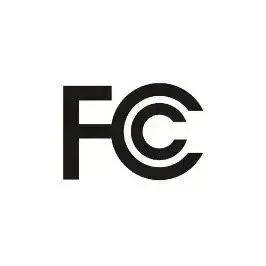
Core Purpose
- Unified Testing Standards: Serves as a temporary replacement for existing KDB publications (such as 447498, 616217, 648474).
- Ensures consistency in testing across different devices (especially tablets/laptops).
- Adapts to technological evolution while minimizing deviations from existing procedures.
Key Changes
Default Test Distance
- All devices (including tablets/laptops): 1-g sar test distance ≤ 5 mm.
- Exception: If a device provides an on-body accessory/standclearly documented in the certification filing, the test distance may increase to ≤ 25 mm, provided that the user documentation specifies the accessory and corresponding distance.
Testing Requirements for Different Use Scenarios
- Hotspot mode body exposure: Unified requirement of 1-g SAR at 10 mm(testing at the stricter 5 mmis also acceptable).
- Head exposure: Surfaces supporting near-ear voice communication (e.g., tablets with earpiece) must undergo contact testing (0 mm).
- Limb exposure: For all surfaces/edges within 25 mm of the antenna, a 10-g SAR contact testis requiRED, unless the same configuration has already passed body exposure testing.
Applicable Devices
- Portable devices as defined under §2.1093, including:
- Mobile phones
- Tablets
- Laptops
- Other similar rectangular devices
Special Notes
- Tablets larger than 20 cmin size generally do not require near-ear testing. However, if they support voice communication (e.g., “phone-like tablets”), they must be tested per KDB 648474(phone standards).
- For foldable devices, attention must be given if the earpiece is on the back side of the screen — the corresponding surface must also be tested.
China JJR Laboratoryprovides compliance testing services.
Email:hello@jjrlab.com
Write your message here and send it to us
 FCC Certification for Automatic Parking Radar Sens
FCC Certification for Automatic Parking Radar Sens
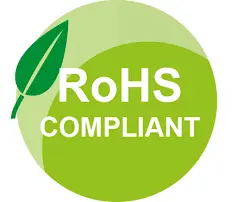 Temu Europe Station CE-RoHS Compliance
Temu Europe Station CE-RoHS Compliance
 FCC ID Certification and SDoC Compliance
FCC ID Certification and SDoC Compliance
 Export Certification and Compliance for Lighting F
Export Certification and Compliance for Lighting F
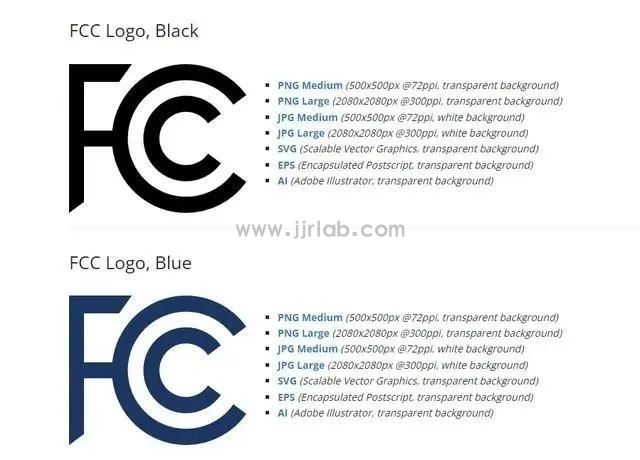 FCC Certification Resumes Issuance
FCC Certification Resumes Issuance
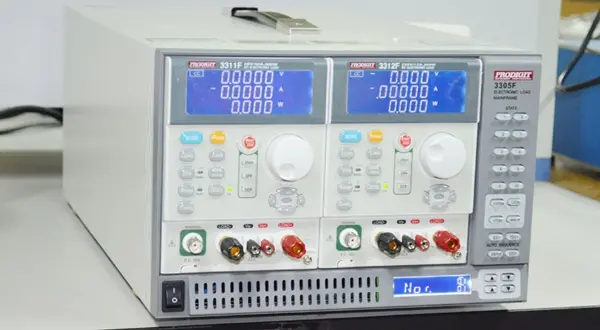 Electrical Toy Safety Certification EN 62115 EMC T
Electrical Toy Safety Certification EN 62115 EMC T
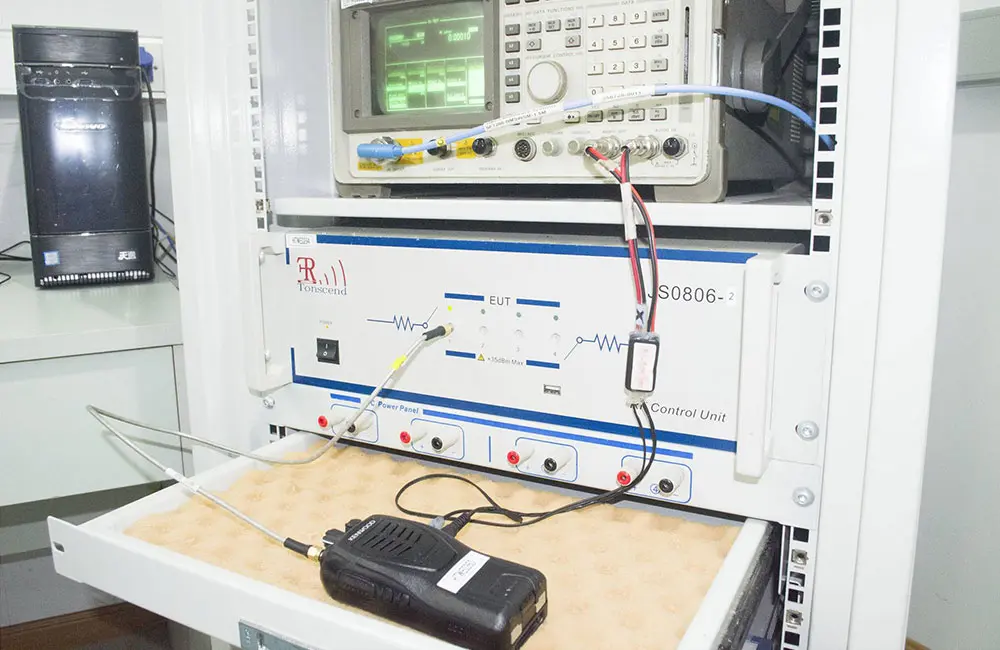 What is the UL 62368 Test Standard?
What is the UL 62368 Test Standard?
 Is CISPR 32 the same as EN 55032?
Is CISPR 32 the same as EN 55032?
Leave us a message
24-hour online customer service at any time to respond, so that you worry!




